Medium Chain Tryglyceride(MCT)
We believe in providing top quality workmanship and are so confident in our level of service that we back.
We believe in providing top quality workmanship and are so confident in our level of service that we back.
Medium-chain triglycerides (MCT) are fatty acids with shorter carbon chains than most other fats. They are often prepared for various purposes, including dietary supplements, food additives, and pharmaceuticals.
MCTs play a vital role in dietary requirements by providing a readily available source of energy, supporting weight management, promoting cognitive function, aiding gut health, and enhancing nutrient absorption. Integrating MCT-rich foods like coconut oil, palm kernel oil, or MCT oil into the diet can offer these health benefits and contribute to overall well-being.
Feedstock Selection: Obtain high-quality medium-chain fatty acids (MCFAs) or triglycerides. Common sources include coconut oil and palm kernel oil. Pre-treatment: Process the feedstock to remove impurities and prepare it for further processing. This might include degumming, neutralization, and decolorization.
Triglyceride Hydrolysis: If starting with triglyceride-rich oils, hydrolyze them into free fatty acids (FFAs) and glycerol using water and a catalyst (usually a strong acid or base).
Reaction: Combine the free fatty acids (or MCFAs) with glycerol in the presence of a catalyst to produce triglycerides. This reaction is typically conducted at elevated temperatures. Catalyst: Use an acid or base catalyst to facilitate the reaction. Acid catalysts are preferred for MCT production due to their effectiveness with varying fatty acid profiles.
Separation: Employ fractional distillation to separate the MCTs from other fatty acids and impurities based on their boiling points. Purification: This step ensures the removal of long-chain fatty acids and other contaminants, concentrating the medium-chain triglycerides.
Degumming: Remove phospholipids and other impurities that might affect product quality. Neutralization: Neutralize any residual free fatty acids or other acidic components. Deodorization: Use steam distillation under vacuum to remove unwanted odors and flavors.
Cooling: Gradually cool the product to solidify any residual long-chain fatty acids or other impurities. Crystallization: Further purify the MCTs through crystallization if required, separating solid impurities from the liquid MCTs.
Blending: Mix the purified MCTs to achieve the desired composition and properties. Standardization: Ensure that the final product meets specific quality standards and specifications.
Analytical Testing: Conduct rigorous tests to confirm the purity, composition, and quality of the MCTs. Common tests include fatty acid profile analysis, color, odor, and moisture content. Compliance: Ensure that the product complies with relevant industry standards and regulations.
Packaging: Package the final MCTs in suitable containers that protect against contamination and degradation Storage: Store the packaged MCTs in a controlled environment to maintain product quality and stability

Strategies to ensure proactive domination. At the end of the day,User generated content in real-time will have multiple touchpoints for offshoring.




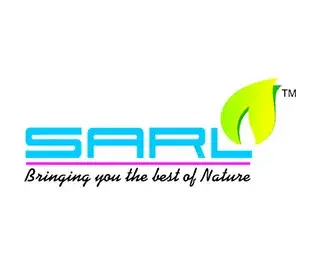
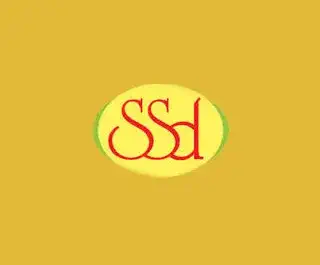
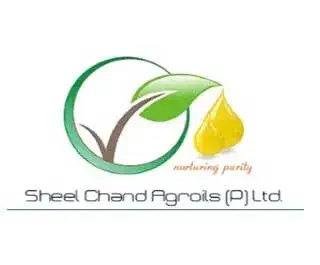
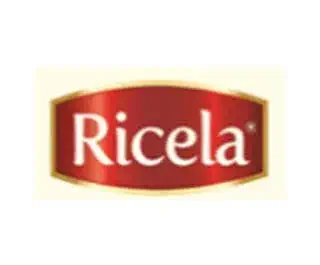
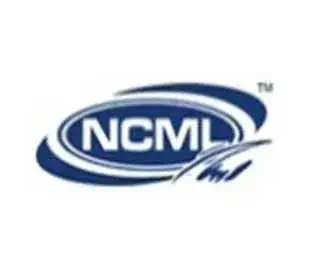

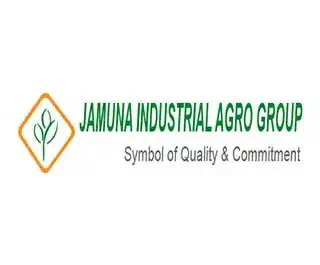



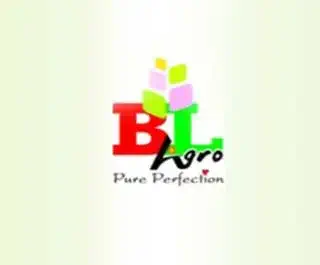

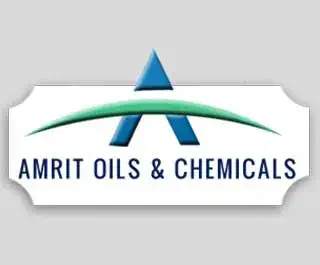
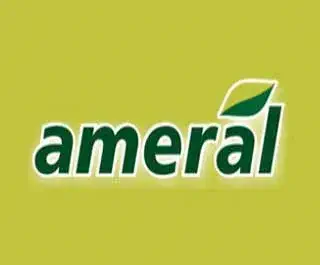
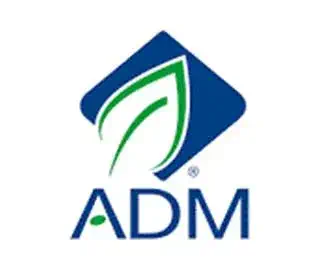
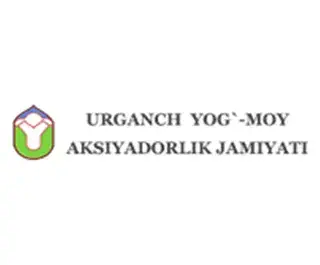
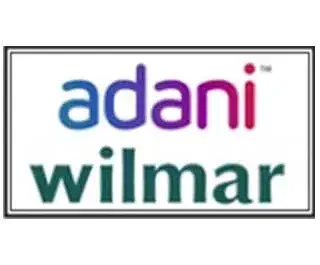
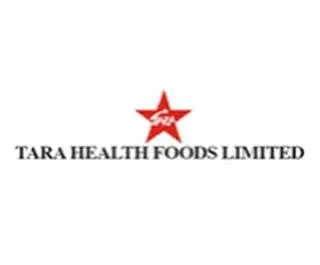

Discover some of the most asked questions regarding Medium-chain Triglycerides Plant.
Medium-Chain Triglycerides (MCTs) are a type of fat found in certain oils and fats. Unlike long-chain triglycerides (LCTs), MCTs have shorter fatty acid chains, which makes them more easily absorbed and metabolized by the body. They are typically derived from coconut oil or palm kernel oil.
Enhanced Energy: They are quickly absorbed and converted into energy.
Weight Management: MCTs may help with weight management by increasing fat oxidation.
Improved Cognitive Function: They can provide an alternative energy source for the brain.
Digestive Health: MCTs may have antimicrobial and anti-inflammatory effects.
MCTs are commonly used in dietary supplements, sports nutrition products, and as a cooking oil. They are also included in some medical foods and enteral nutrition products for patients with specific dietary needs.
Yes, MCT oil can be used for cooking, including frying and baking. However, it is often preferred for use in salad dressings, smoothies, and other dishes where its mild flavor and high smoke point are advantageous.
Yes, there are several types of MCTs, including:
Caproic Acid (C6): The shortest chain length.
Caprylic Acid (C8): Known for its quick metabolism.
Capric Acid (C10): A longer chain MCT.
Lauric Acid (C12): Often considered a long-chain fatty acid but still has some medium-chain properties.